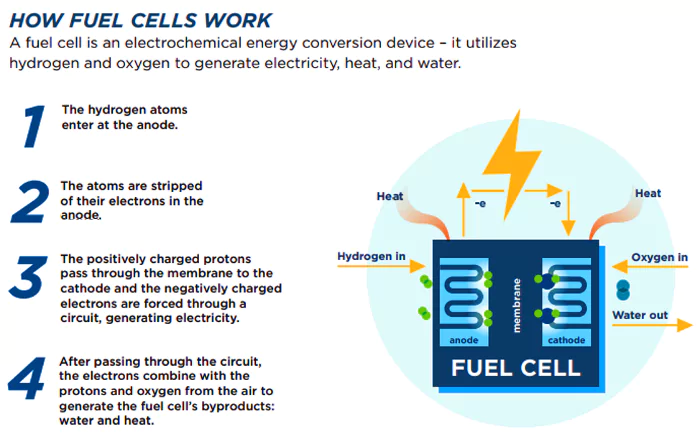![]() 11 Apr 2024
11 Apr 2024
Researchers at the University of Kerala have devised an eco-friendly fuel cell that generates power mainly using air and seawater.

| Must Read | |
| NCERT Notes For UPSC | UPSC Daily Current Affairs |
| UPSC Blogs | UPSC Daily Editorials |
| Daily Current Affairs Quiz | Daily Main Answer Writing |
| UPSC Mains Previous Year Papers | UPSC Test Series 2024 |
<div class="new-fform">
</div>